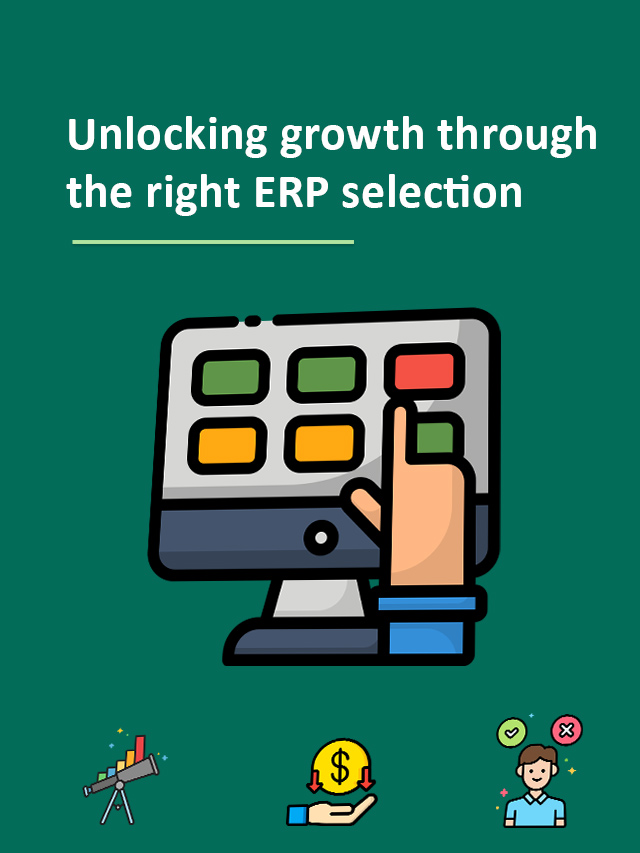ERP Integration: A Comprehensive Guide to Unlocking Value and Driving Growth
Introduction
In the ever-evolving business landscape, organizations are constantly seeking ways to streamline operations, enhance efficiency, and gain a competitive edge. Enterprise Resource Planning (ERP) integration has emerged as a transformative solution, offering a comprehensive suite of tools and capabilities that seamlessly connect various aspects of a business. By integrating disparate systems and processes, ERP integration empowers organizations to optimize workflows, improve data accuracy, and make informed decisions based on real-time insights.
Understanding ERP Integration: A Holistic Approach
ERP integration involves the seamless connection of various software applications and business processes within an organization. This integration enables the free flow of data and information across different departments and functions, creating a centralized repository of up-to-date and accurate information. By eliminating data silos and automating manual tasks, ERP integration streamlines operations, reduces errors, and improves overall efficiency.

Benefits of ERP Integration: A Catalyst for Growth
ERP integration offers a plethora of benefits that can significantly enhance business performance and drive growth. These benefits include:
-
Enhanced operational efficiency: By automating manual tasks and streamlining workflows, ERP integration reduces the time and effort required to complete business processes. This increased efficiency frees up resources, allowing organizations to focus on more strategic initiatives.
-
Improved data accuracy: ERP integration ensures data consistency across different departments and systems. This eliminates the risk of errors and inconsistencies, leading to more accurate and reliable information for decision-making.
-
Increased productivity: By providing real-time access to data and insights, ERP integration empowers employees to make informed decisions and take timely actions. This increased productivity translates into improved performance and profitability.
-
Enhanced customer satisfaction: ERP integration improves customer service by providing a comprehensive view of customer interactions across different channels. This enables organizations to respond quickly to customer inquiries, resolve issues efficiently, and build stronger relationships.
-
Reduced costs: ERP integration eliminates the need for multiple software applications and manual processes, reducing IT costs and licensing fees. Additionally, increased efficiency and productivity lead to cost savings in other areas of the business.

Challenges of ERP Integration: Navigating Roadblocks
While ERP integration offers significant benefits, it is not without its challenges. Some of the common challenges include:
-
Complexity: ERP systems can be complex and require extensive planning and implementation. Organizations must carefully assess their needs and choose a solution that aligns with their business objectives.
-
Cost: ERP integration can be a costly investment, both in terms of software and implementation. Organizations must carefully evaluate the return on investment (ROI) before committing to an ERP solution.
-
Data migration: Migrating data from legacy systems to a new ERP system can be a complex and time-consuming process. Organizations must ensure data integrity and accuracy throughout the migration process.
-
User adoption: Successful ERP integration requires user adoption and buy-in. Organizations must provide training and support to ensure that employees are comfortable using the new system.
-
Change management: ERP integration can disrupt existing workflows and processes. Organizations must carefully manage change to minimize disruption and ensure a smooth transition.

ERP Integration: A Tailored Solution for Your Business
The benefits and challenges of ERP integration vary depending on the specific needs and circumstances of each organization. To ensure a successful ERP integration, organizations must carefully assess their requirements, define their objectives, and choose a solution that aligns with their business strategy.
Conclusion
ERP integration is a transformative solution that can unlock significant value for organizations. By streamlining operations, improving data accuracy, and enhancing productivity, ERP integration empowers organizations to drive growth and achieve their business goals. While there are challenges to consider, careful planning and execution can help organizations overcome these obstacles and reap the benefits of ERP integration.
